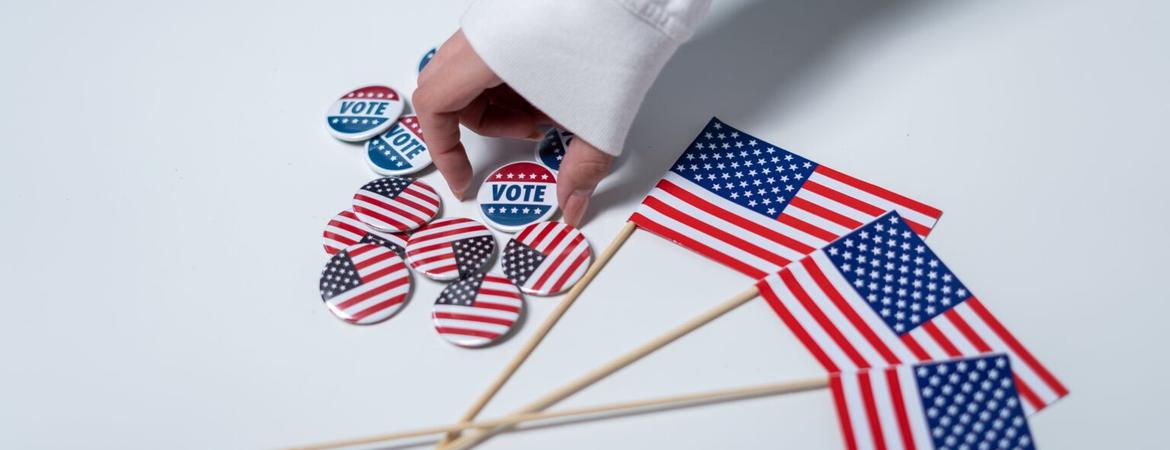Center for Social Innovation

Eligible Asian American voters in Texas are more politically organized than ever before and are poised to make an impact this election.
Rapid growth in this population, policies of the current government and the 2020 Census may have contributed to the group’s active participation in this election cycle and possibly continued political dialog after Nov. 3.
Texas has the third largest population of eligible Asian American voters in the U.S. with 698,000 voters.
The latest Census Bureau data shows Austin’s Asian community has grown, becoming the second largest in the state with more than 80,000 Asians—surpassing the Black population for the first time in history.
At least five Texan candidates of South Asian descent are running for county, state and federal office this year which is indicative of heightened political awareness within the community, The Texas Tribune said.
“We have more Asians running for office activating our communities.
Also, we have seen heinous attacks on our communities from the White House through policies around immigration, racist COVID-19 attacks, and the Muslim ban that has made our community want to stand up and fight back,” said immigration attorney Pooja Sethi, District 10 Austin City Council candidate.
Asian American voters exhibit tremendous diversity in terms of national origin, geographic region, religion and English-language proficiency, according to Asian and Pacific Islander American Vote, a national nonpartisan organization that mobilizes Asian Americans and Pacific Islanders, or AAPI, in electoral and civic participation.
Origins such as Chinese, Korean, Vietnamese, Japanese, Filipino, Cambodian, Indian, Pakistani, Bangladeshi, Sri Lankan, Hmong and Laotian origin voters are included in the Asian category, according to AAPI Data, a publisher of demographic data and policy research.